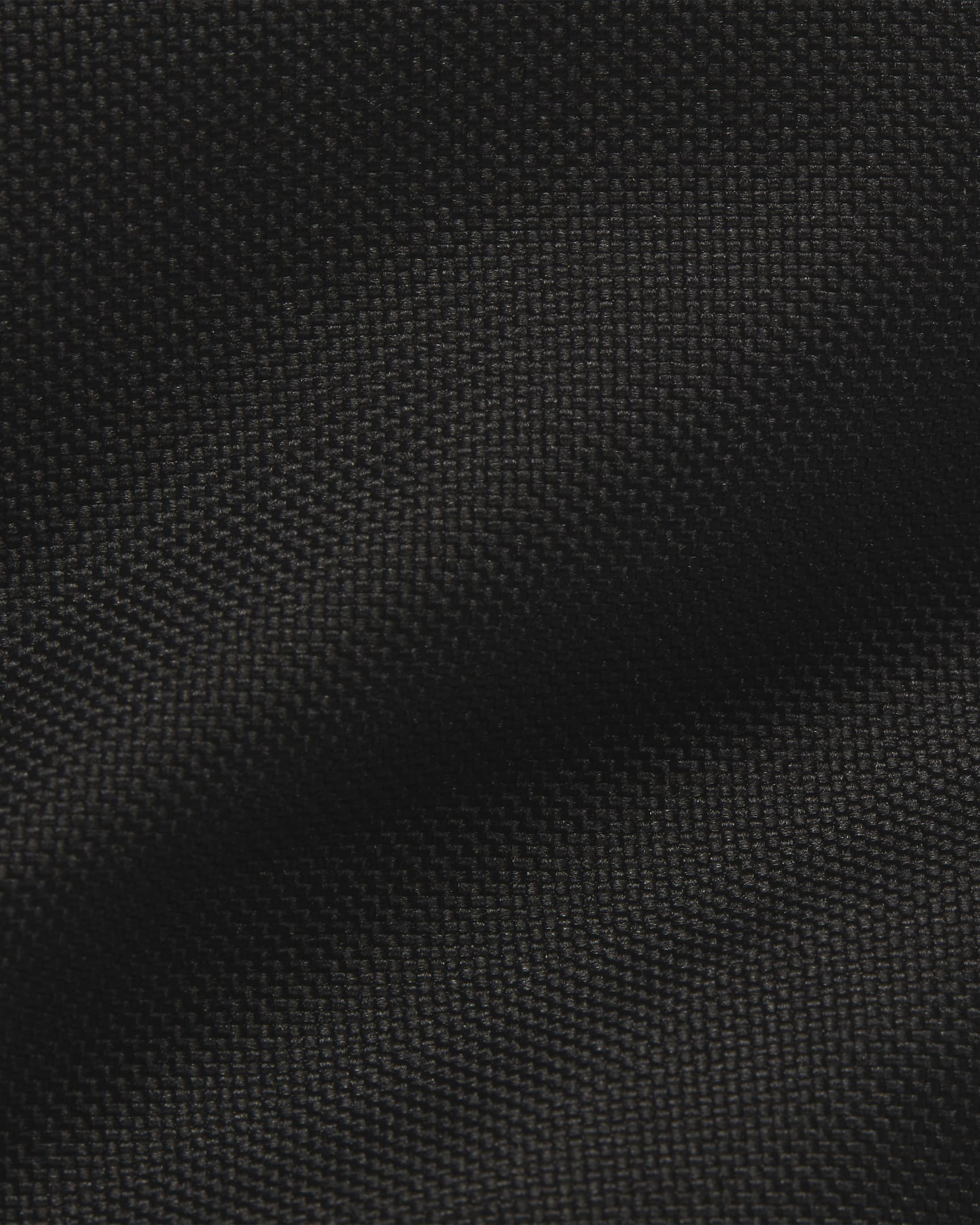
When the sliders are on opposite ends of the tape, the jacket is closed.
Some jackets have double-separating zippers with two sliders on the tape. In many jackets and similar garments, the opening is closed completely when the slider is at the top end. Examples of special zippers with different tape materials, colors and patterns. The word zipper is onomatopoetic, because it was named for the sound the device makes when used, a high-pitched zip. The teeth may be individually discrete or shaped from a continuous coil, and are also referred to as elements. The slider, usually operated by hand, contains a Y-shaped channel that, by moving along the rows of teeth, meshes or separates them, depending on the direction of the slider's movement. Description Ī zipper consists of a slider mounted on two rows of metal or plastic teeth that are designed to interlock and thereby join the material to which the rows are attached.
#Zipper pulls zip
The galoshes could be fastened with a single zip of the hand, and soon the hookless fasteners came to be called "Zippers". The zipper gets its name from a brand of rubber boots (or galoshes) it was used on in 1923. Judson, an American inventor from Chicago, patented the original design from which the modern device evolved. tents and sleeping bags), and many other items, zippers come in a wide range of sizes, shapes, and colors. jackets and jeans), luggage and other bags, camping gear (e.g. Zippers with common teeth variations: metal teeth (top), coil teeth and plastic teethĪ zipper, zip, fly, or zip fastener, formerly known as a clasp locker, is a commonly used device for binding together two edges of fabric or other flexible material. Use the guides on this page to repair or replace broken zippers."Zipping" redirects here. With plastic-teethed zippers, broken teeth are another common problem. If the slider becomes worn out and does not align properly, it can fail to join the zipper’s teeth. Problems with zippers often lie with the zipper slider. Zippers can be used to increase or decrease the size of an opening, separate or join two sides of a single garment, detach or attach a separable part of the garment from or to another, or be used to decorate an item. The slider, which is generally operated by hand, moves along the rows of teeth to open or close them. The teeth are typically made of either plastic or metal. Zippers are based on interlocking teeth and were initially called “hookless fasteners.” Zippers consist of two rows of protruding teeth that can link together. However, Ludson’s zippers were designed to use on footwear rather than on clothing. Judson, an American inventor from Chicago, is sometimes credited as the inventor of the zipper. Zippers are used in clothing, luggage and other bags, sporting goods, camping gear, and many other items.

Zippers fail in several places and consequently repairs range from replacing a slider to replacing the whole zipper.

Unlike snaps, zippers form a complete closure between the two sections using interlocking teeth, pulled together or separated by means of a plastic or metal zipper pull. Similar to snaps, zippers (formerly known as clasp lockers) are used to fasten two sections of material together.


 0 kommentar(er)
0 kommentar(er)
